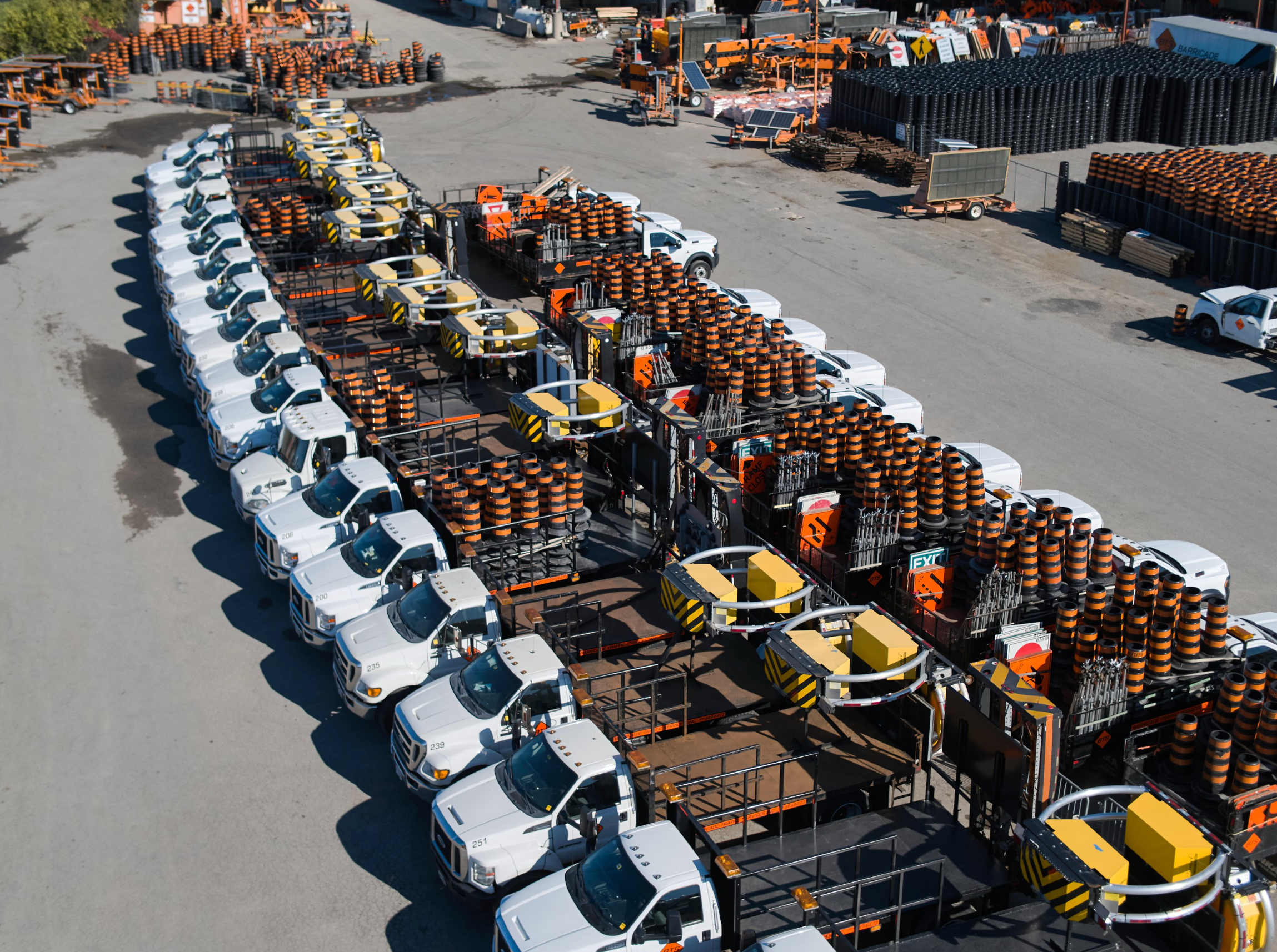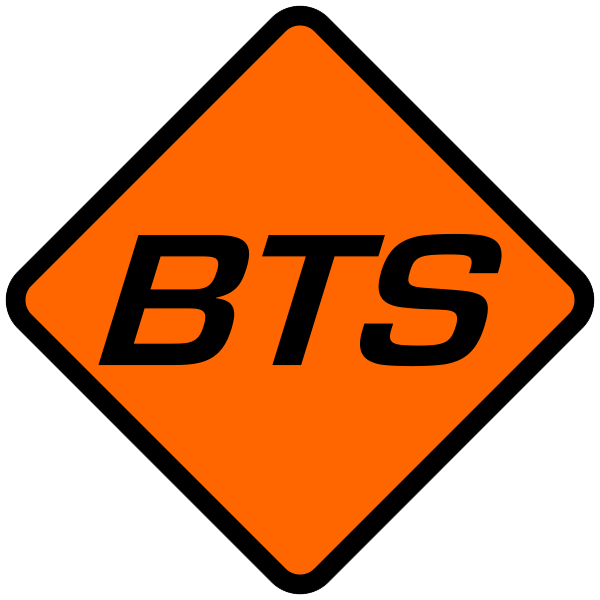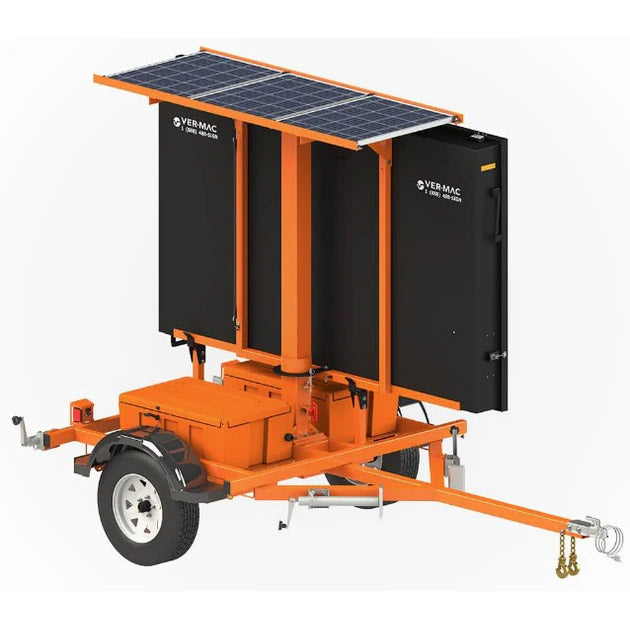
Understanding Different Barricades for Different Scenarios
When it comes to maintaining traffic safety on roads, worksites, and public spaces, using the right barriers is essential. These tools guide vehicles, protect pedestrians, and ensure smooth traffic flows in areas that require control or restricted access. Different situations call for different types of barriers, from construction sites to public events. Understanding which type to use is crucial for any traffic management plan.
The Evolution of Traffic Barricade

Traffic barriers have evolved significantly over the years. Early models were heavy, hard to move, and often unreliable in adverse conditions. Today’s barriers are made from durable, lightweight materials such as plastic and aluminum, allowing easy transport while providing high visibility for drivers and pedestrians alike.
Modern solutions are more than just physical obstructions; they are integral parts of complete traffic control services. With reflective panels, bright colors, and clear markings, barriers now communicate safety messages clearly and play a critical role in ensuring safety in both temporary and long-term projects.
Types of Barricades and Their Uses

Selecting the right types of barricade depends on the project. For example, lightweight, portable models are ideal for temporary traffic control, such as lane shifts or lane closures on smaller roads. Larger, more durable options are better suited for infrastructure projects and long-term construction sites, where stronger visibility and stability are needed to protect workers and motorists.
For events or public gatherings, crowd control barriers help organize large groups, guiding pedestrians, marking entry and exit points, and providing emergency access. In parking lots and temporary facilities, water-filled barriers offer extra protection and can be moved easily when empty.
Barriers for high-speed highways or public works projects must withstand impact and redirect vehicles safely. These are often used alongside traffic control equipment and traffic control persons to ensure a safe and organized flow of vehicles.
Jersey Barricades in Construction and Work Zones

Work zones are among the most critical areas for traffic control. Proper placement of barriers, along with cones, signs, and other equipment, is essential for protecting workers and guiding drivers safely. A traffic control plan considers the type of project, the flow of vehicles, and specific hazards to determine the right combination of equipment.
Reflective or high visibility barriers are particularly important in these areas. They make it easier for drivers to spot lane closures, detours, and other hazards, even in low-light conditions. Using proper equipment in accordance with the Ontario Traffic Manual ensures compliance with safety regulations and reduces the risk of accidents.
Barricade for Events and Public Gatherings

Traffic control is not limited to roads and construction. Large events, concerts, and sports gatherings require effective organization of both vehicles and pedestrians. Temporary barriers help define pathways, guide traffic flows, and create safe zones for attendees. Proper planning ensures a smooth experience and maintains traffic safety during high-volume periods.
Parking and Facility Management

Even outside traditional construction or public event settings, barriers are important for parking and facility management. Temporary traffic solutions can designate lane closures, reserve parking areas, and manage flow during peak hours. In industrial or commercial facilities, they help separate vehicle and pedestrian zones, supporting traffic control projects and reducing workplace hazards.
Barricade Rent vs. Buy

Organizations often face a choice between renting and purchasing barriers. Renting is ideal for short-term projects, seasonal work, or one-time events. It provides flexibility without requiring long-term storage or maintenance. Purchasing is better for long-term construction sites or organizations managing frequent traffic control projects, providing permanent access to reliable traffic control equipment and the ability to respond quickly to changing conditions.
Importance of a Traffic Management Plan

Effective traffic control relies on a well-thought-out traffic management plan. Proper placement of barriers ensures safety, maintains traffic flow, and communicates changes to drivers clearly. Alongside signs, cones, and traffic control persons, barriers are crucial in creating a safe environment for both motorists and workers on site.
Properly selected and placed barriers are essential for ensuring safety in construction sites, public events, and urban infrastructure projects. They are central to managing traffic flows, implementing lane closures, and maintaining a safe environment for everyone. Incorporating them into a comprehensive traffic control plan ensures effective temporary traffic management and long-term safety.
For dependable, high-quality barriers and other traffic control equipment, rely on Barricade Traffic Services. They provide options for rental or purchase, supporting traffic control projects of any size while keeping sites safe and compliant with the Ontario Traffic Manual. Safety starts with the right equipment—get your barriers from Barricade Traffic Services today.




